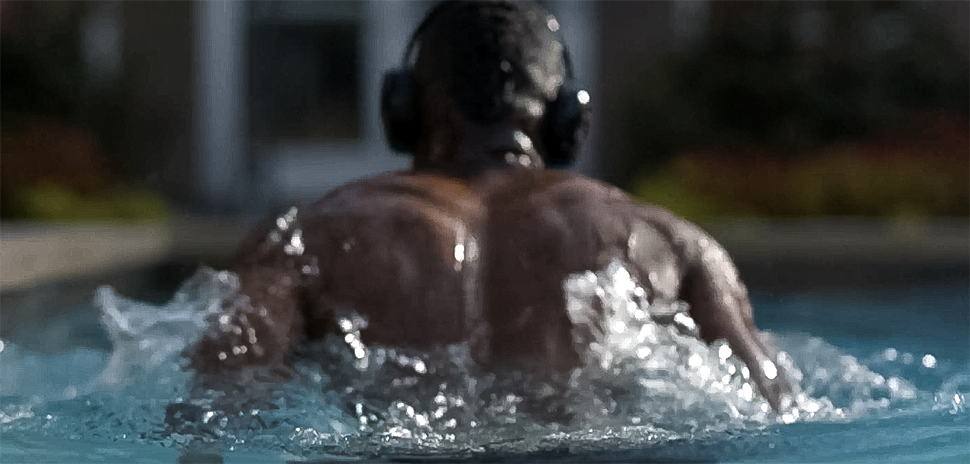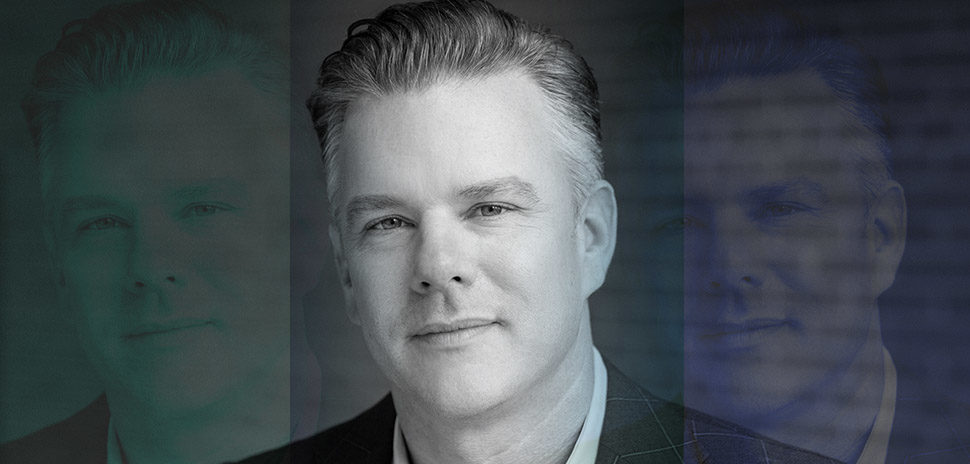Former NFL player and current Dallas resident Mark Clayton no longer runs routes as a wide receiver. Now he runs his own business as a technology entrepreneur.
Clayton has designed what he said is the first wireless over-the-ear headphones for athletes, the Fort Worth Business Press reported.
The LIVV Headphones stay in place during stressful athletic activities thanks to a patented LIVVFit titanium band that applies the right amount of pressure to keep the headphones in place.
Clayton told the Business Press that wasn’t the case with the headphones he’d used in the past.
During his time as a player with the Baltimore Ravens and the St. Louis Rams, Clayton said he and his teammates constantly listened to music during training and workouts.
“The first pair [of headphones] that I broke that really stuck out was in 2008.”
Mark Clayton
“The first pair [of headphones] that I broke that really stuck out was in 2008,” Clayton told the Business Press. “I was playing with the Baltimore Ravens and I broke it in pregame warm ups.”
He said those headphones were Beats “when they were first passing them out to everybody.”
While he loved the sound from the headphones, “they just wouldn’t stay with me,” he said.
That led Clayton to think about what type of headphone would be best-suited for athletes in 2012 — no cord to snag, an on-board MP3 to allow for music uploads, and a design that would keep the phones on the head and not on the ground after a sudden movement.
First, he sketched out a concept for the headphones and then the following year he and partner Dale Lott turned the concept into reality.
CLAYTON SELF-FUNDED LIVV PROTOTYPE
The former player self-funded the headphones’ prototype before turning to Kickstarter campaigns. The first failed, but the second campaign raised $100,000 in 30 days, the Business Press reported.
That allowed Clayton’s startup to take off running.
He tested the headphones on parkour athletes whose urban sports sends them running, jumping, twisting, flipping, and vaulting through urban structures.
The success of those tests allowed him to focus on his real audience — all active people.
“Anybody who went inside a gym is ultimately our target audience — anyone who goes to a gym, who works out on a regular basis and who loves good music,” Clayton told the Business Press. “That’s a lot of people.”
![]()
Get on the list.
Sign up to keep your eye on what’s new and next in Dallas-Fort Worth, every day.
And, you’ll be the first to get the digital edition of our new Dallas Innovates magazine:
The annual edition publishes in January
![]()

































